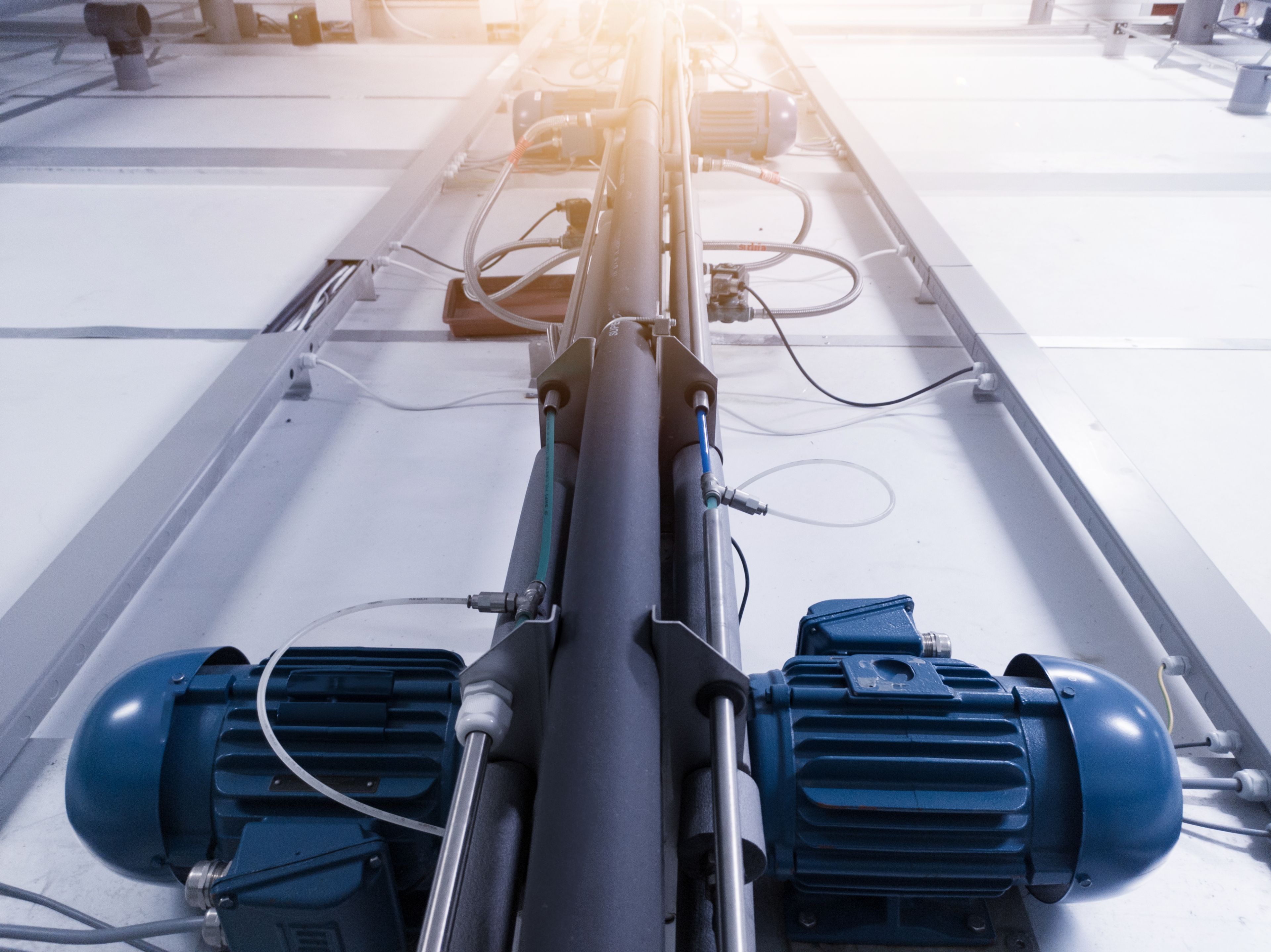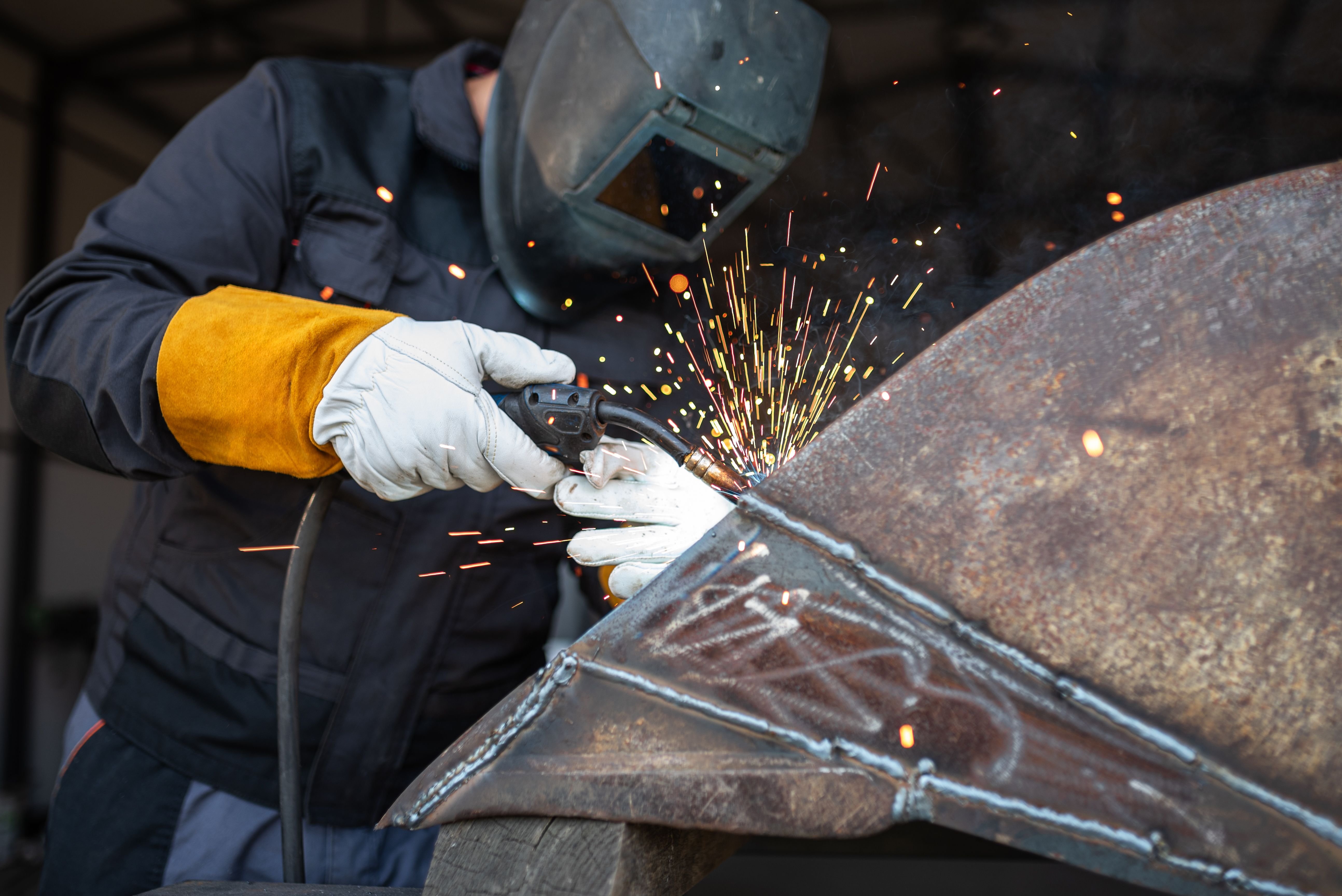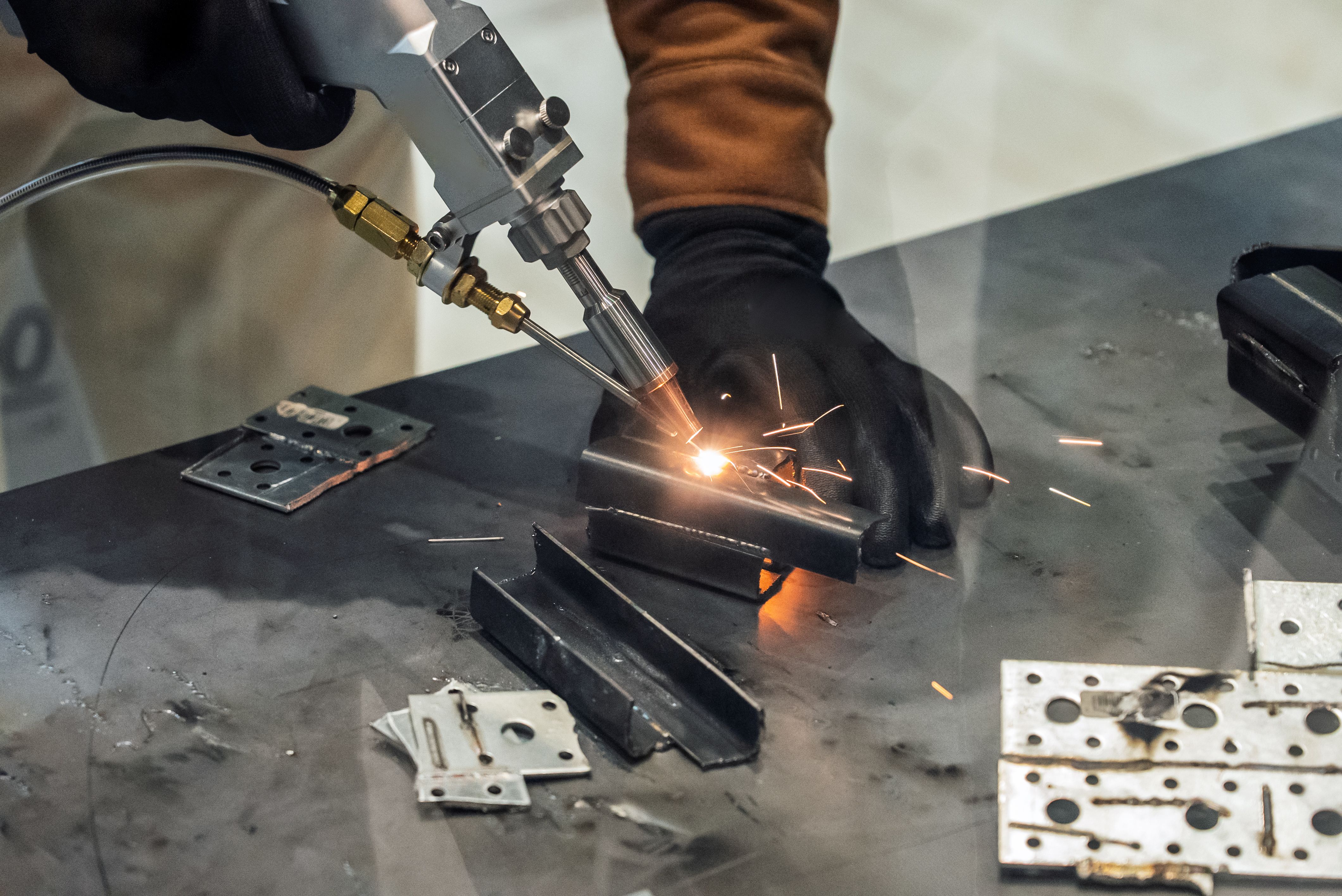Understanding the Miller Welding Motor: A Comprehensive Guide
RR
Introduction to Miller Welding Motors
The Miller welding motor is a crucial component in ensuring the efficiency and reliability of welding machines. Known for their durability and performance, these motors are designed to meet the demands of both professional welders and hobbyists alike. Understanding how these motors function and what makes them unique can greatly enhance your welding experience.

Key Features of Miller Welding Motors
Miller welding motors are renowned for their robust construction and high-quality materials. These motors are engineered to deliver consistent power, ensuring smooth and stable welding operations. Some of the standout features include:
- Durability: Built to withstand harsh environments and heavy use.
- Efficiency: Optimized for energy conservation without compromising on performance.
- Versatility: Suitable for a wide range of welding applications.
Understanding Motor Specifications
When selecting a Miller welding motor, it's essential to understand the specifications that determine its suitability for your needs. Key specifications include:
- Power Output: Measured in horsepower or watts, this determines the motor's strength.
- Voltage Rating: Ensure compatibility with your power source.
- RPM (Revolutions Per Minute): Affects the speed and efficiency of the welding process.

Maintenance Tips for Longevity
Proper maintenance of your Miller welding motor is vital for extending its lifespan and maintaining optimal performance. Here are some tips to ensure your motor remains in top condition:
- Regular Cleaning: Remove dust and debris to prevent overheating.
- Lubrication: Check and apply lubrication as needed to reduce wear and tear.
- Inspection: Regularly inspect for signs of wear or damage.
Troubleshooting Common Issues
Despite their reliability, Miller welding motors can occasionally encounter issues. Being able to troubleshoot common problems can save time and resources. Common issues include:
- Overheating: Often caused by insufficient ventilation or overloading the motor.
- Noisy Operation: May indicate loose components or the need for lubrication.
- Inconsistent Power Output: Could be due to electrical issues or worn-out parts.

The Importance of Choosing the Right Motor
Selecting the appropriate Miller welding motor is crucial for achieving optimal welding results. Consider the types of projects you typically undertake and the demands they place on your equipment. A motor that matches your specific requirements will ensure efficiency and high-quality welds.
The Impact on Welding Quality
A well-matched welding motor directly impacts the quality of your work. By providing consistent power, it helps produce smooth, clean welds with minimal defects. This consistency is particularly important for professional welders who need to meet stringent quality standards.
Conclusion
Understanding the intricacies of Miller welding motors can significantly enhance your welding proficiency. By choosing the right motor, maintaining it properly, and knowing how to troubleshoot common issues, you can ensure a reliable and efficient welding setup. Investing time in understanding these aspects will pay off in the form of superior welding performance.